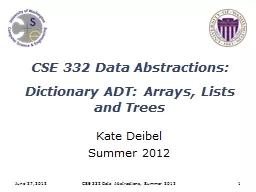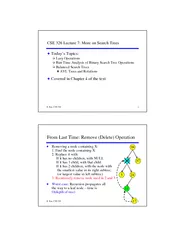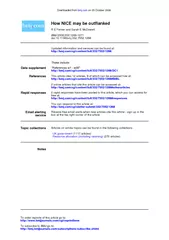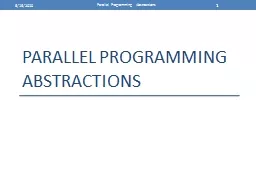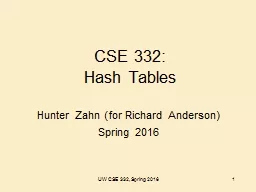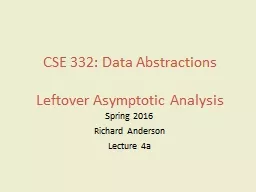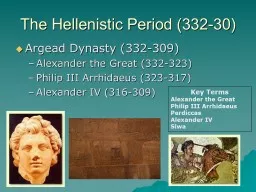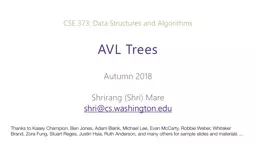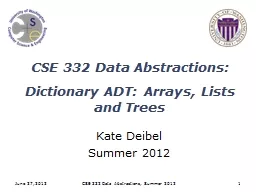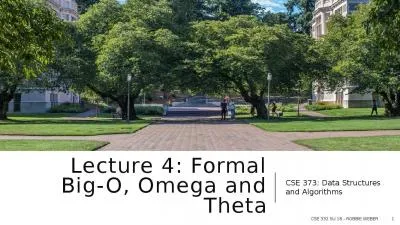PPT-CSE 332 Data Abstractions:
Author : myesha-ticknor | Published Date : 2015-10-10
Dictionary ADT Arrays Lists and Trees Kate Deibel Summer 2012 June 27 2012 CSE 332 Data Abstractions Summer 2012 1 Where We Are Studying the absolutely essential
Presentation Embed Code
Download Presentation
Download Presentation The PPT/PDF document "CSE 332 Data Abstractions:" is the property of its rightful owner. Permission is granted to download and print the materials on this website for personal, non-commercial use only, and to display it on your personal computer provided you do not modify the materials and that you retain all copyright notices contained in the materials. By downloading content from our website, you accept the terms of this agreement.
CSE 332 Data Abstractions:: Transcript
Download Rules Of Document
"CSE 332 Data Abstractions:"The content belongs to its owner. You may download and print it for personal use, without modification, and keep all copyright notices. By downloading, you agree to these terms.
Related Documents

